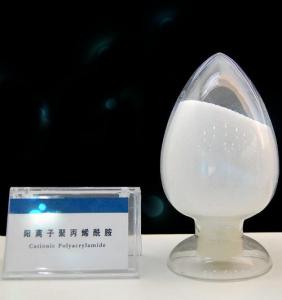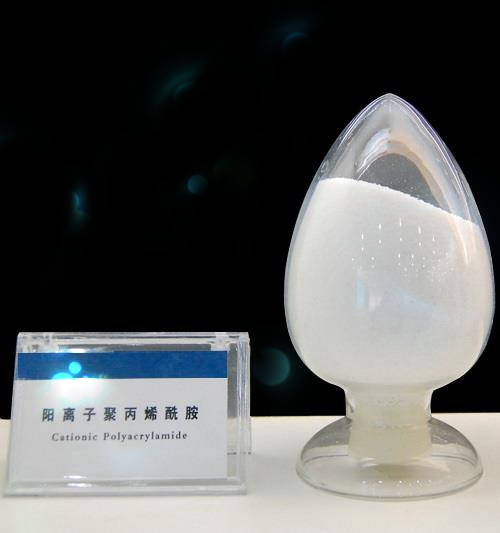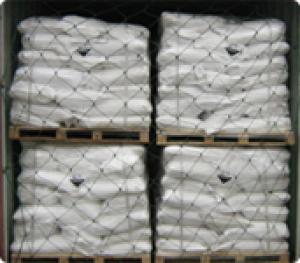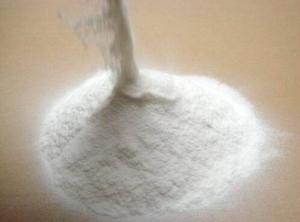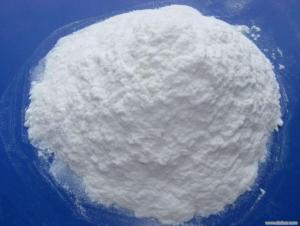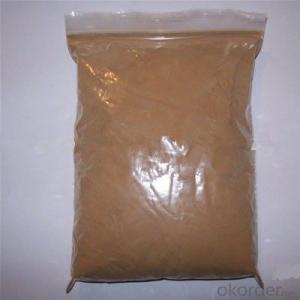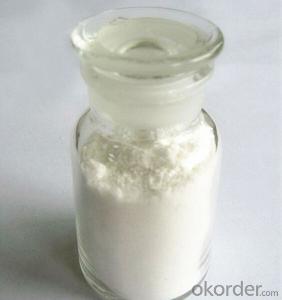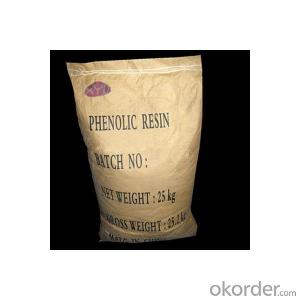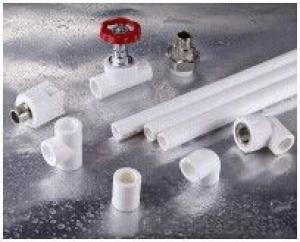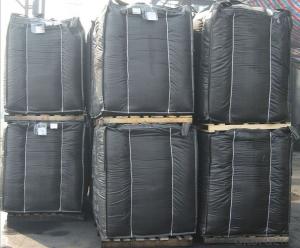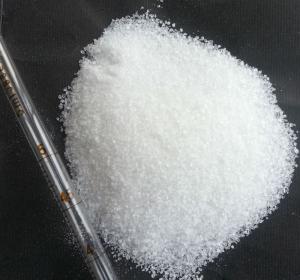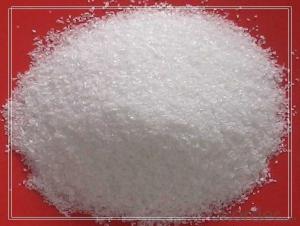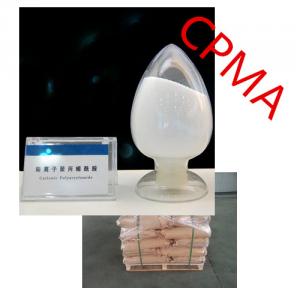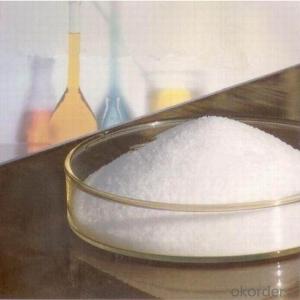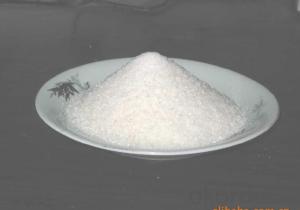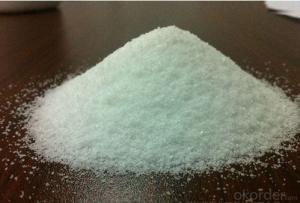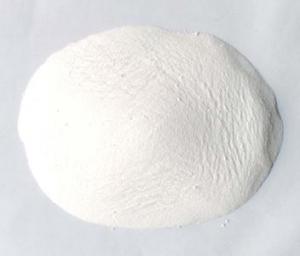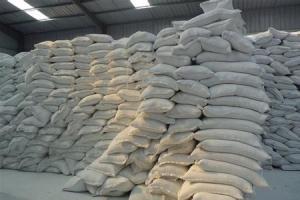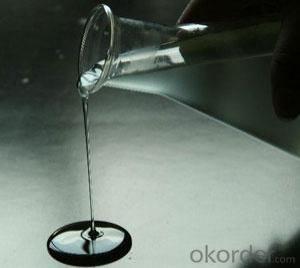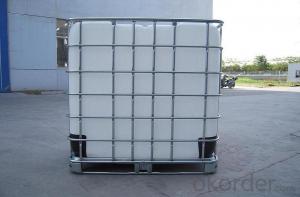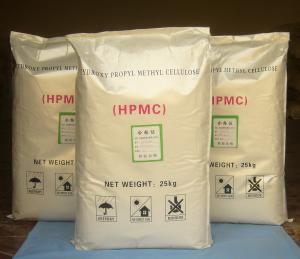Specifications
1)Cationic PAM;
2) Molecular weight: 8million ;
3) Inherent content: 90% min;
4) ISO 9001: 2008 standards;
Cationic Polyacrylamide( PAM)
Description:
Cationic PAM, copolymerized by cationic monomer and acrylamide monomer. The product is white amorphous particles, is a water-soluble, linear polymer organic polymer. Tasteless polymer polyelectrolyte; Easy to moisture absorption, high hydrophilic, in a different proportion of insoluble in water; Do not dissolve in ethanol, acetone, and other organic solvents.
Specifications:
Item | Cationic type |
Appearance | white fine-sand shaped powder or grain |
Molecular weight | 6million~12million |
Solid Content (%) | ≥90 |
Cationic Charge (%) | 15-60 |
Dissolving Time (mins) | ≤40 |
Note: our product can be made upon your special request. |
Application Field:
1.Sludge dewatering:City and industrial sewage commonly activated sludge treatment,Biochemical sludge is often highly hydrophilic colloid, organic content highly, dehydration difficultly, On the basis of the sludge nature can choose the corresponding cation,Can be effective in gravity sludge dewatering before
the sludge into the filter. Dehydration, produce large floc, Sticky cloth, filter press without diaspora, less dosage, high dewatering efficiency ,mud cake moisture content below 80%.
2. Sewage and organic waste water treatment:This product in acid and alkaline medium presents electropositivityThe suspended particles in the sewage with negative charge flocculation and sedimentation, clarification is very effective. Such as alcohol wastewater , monosodium glutamate factory wastewater, brewery wastewater , sugar wastewater, meat products factory wastewater, beverage factory wastewater, textile printing and dyeing mill wastewater and so on. Cationic polyacrylamide agents than with anionic polyacrylamide, nonionic polyacrylamide or inorganic salt effect to several times or several times
3. Used in wide variety of industrial solid-liquid separation process, including settlement, clarification, concentration and sludge dewatering processes. These industries include: Textiles Leather Petrochemical Oilfiled Chemical Food Slaughterhouse Pharmaceutical Electroplating White water and the waste water treatment in the paper making factory.
Advantage:
1. Easy to dissolve, dissolve time 40min.
2.It is with high performance and it can adapt to a variety of conditions.
3. The dose is small and high efficiency.
4. High molecular, molecular weight 22million.
5. High purity, without impurity.
Application Method:
1. The product should be prepared for the water solution of 0.1% as concentration. It is better to use neutral and desalted water.
2. The product should be scattered evenly in the stirring water, and the dissolving can be accelerated by warming the water (below 60 °C).
3. The most economical dosage can be determined based on a preliminary test. The pH value of the water to be treated should be adjusted before the treatment.
Package and Storage:
1. The solid product can be packed in inner plastic bags, and further in polypropylene woven bags with each bag containing 25Kg.
2. This product is hygroscopic, so it is should be sealed and stored in a dry and cool place below 35°C.
3. The solid product should be prevented from scattering on the ground because the hygroscopic powder can cause slipperiness.
